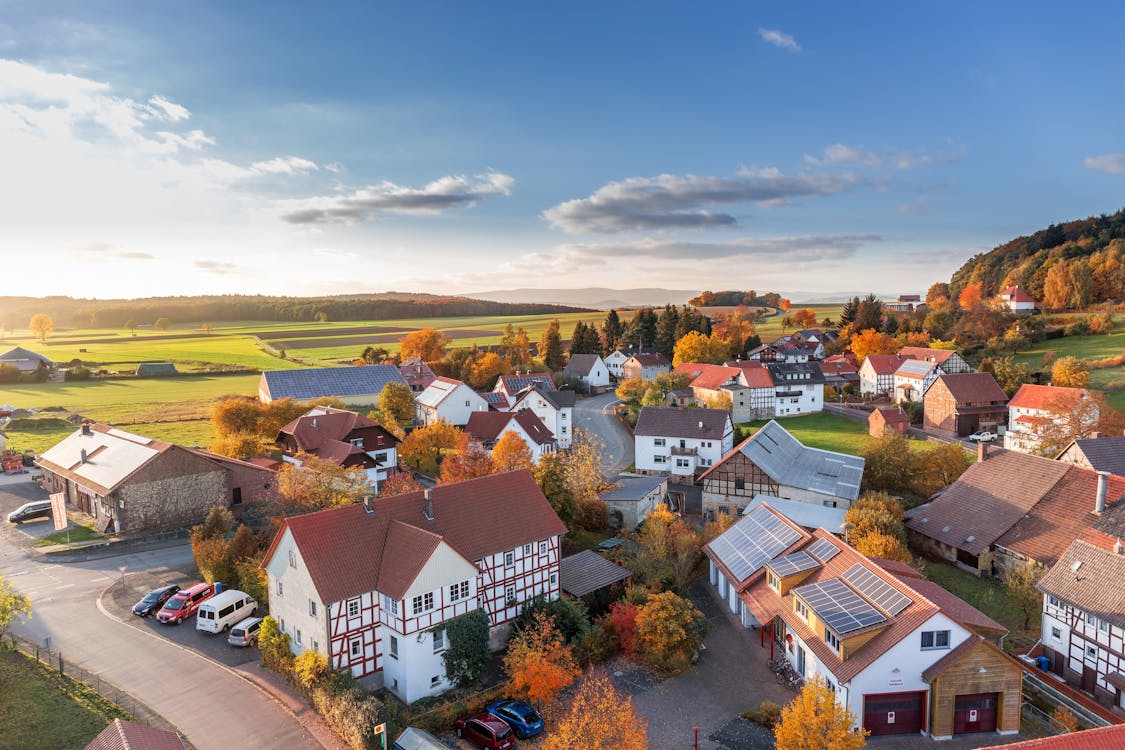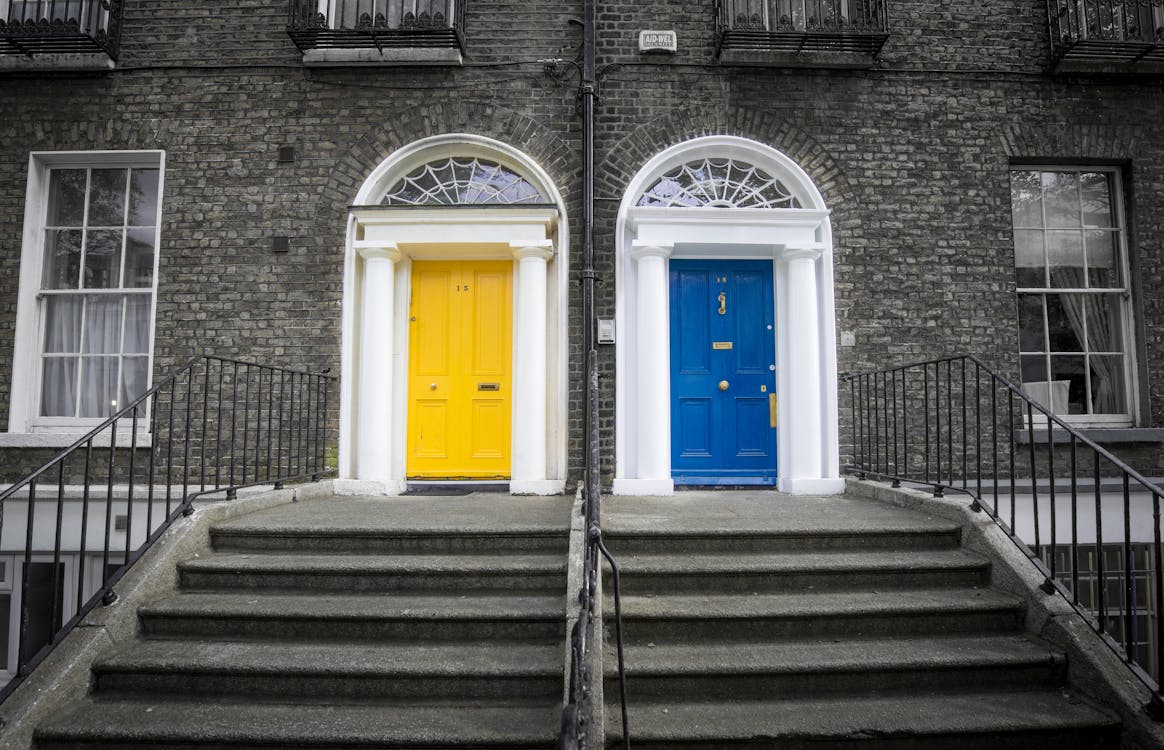Tips for First-Time Homebuyers
Sep 11, 2023
Navigating the Competitive Real Estate Market: Tips for First-Time Homebuyers
In the cutthroat world of real estate, where properties can fly off the market faster than you can say “dream home”, first-time homebuyers often find themselves in a whirlwind of fierce competition. In this high-stakes world of the real estate market, first-time homebuyers must navigate a labyrinth of challenges to secure the perfect home. This article unravels the secrets to navigating the competitive real estate market, empowering first-time buyers like you with savvy tips and strategies to seize the opportunity and triumph in the face of adversity. With limited experience and knowledge, it’s essential to equip yourself with effective strategies and practical Tips. Get ready to dive into a realm where wit, preparedness, and a touch of creativity will lead you to your homeownership success. Get ready to unlock the door to success and unlock the door to your new home.
1- Research and prioritize

Thorough research is key to navigating the competitive restate market. Understand local housing market trends, neighborhoods, and property values. Identify your priorities such as location, size, amenities, and other features that might matter most to you. By knowing exactly what you want, you can narrow down your search and make informed decisions, ensuring that you focus on properties that align with your needs and preferences.
2- Figure out what type of home you want

You can review all types of home options available in your area by first understanding the types of homes that are out there. You can find single-family homes, duplexes. Condominiums. And townhomes. As you review the types of homes available in your area., consider the space you need, the cost of each type of home, and any additional fees that the different home types might incur. For example, you may find that you would prefer a single-family home, but the cost in your area stretches your budget to the maximum.
3- Choose your neighborhood wisely

Once you’re pre-approved and have an idea of the type of home you’d prefer, it’s time to research your favorite neighborhoods. Consider these neighborhood features when you’re shopping for a home.
- Schools: Top-rated schools typically have an impact on home prices.
- Walkability: Amenities within walking distance might be key to help you save a car trip like playgrounds, grocery stores, and public transit.
- Parking: If you’re considering a building without parking, pay attention to the availability of street parking, especially at night and on weekends when more residents might be parked.
You might consider visiting your target neighborhood several times and at various times of the day to get a picture of what life might look like if you bought a home in the area.
4- Review your budget

It’s important to remember that your budget will change when you buy a home, and you’ll have new costs beyond just the mortgage payment. Property taxes., homeowners’ insurance and maintenance are just a few of the additions you’ll want to plan for. You may find that your utility bills increase. You’ll also want to make sure you have enough money in savings to cover emergency repairs.
5- Determine your down payment

How much you’ll put down on your home depends on the type of mortgage you receive. Essentially, the higher your down payment, the lower the risk you are to a lender. Lenders assumed that buyers investing more cash, cash upfront are less likely to walk away from the money they have in their home. An experienced. Professionals can help you determine how much down payment you might need to pay.
6- Work with a Real Estate Agent

It I essential s to interview real estate agents and pick the right partner for your journey. A real estate agent will narrow down homes available for sale in your price range. You should always feel comfortable asking your agent for advice. They should be familiar with the local market and show an understanding of buying activity in your preferred neighborhoods. In addition, they should have valuable insights, access to listings, and negotiation skills that can help you find the right home and secure it at a fair price. Look for an agent with a proven track record and excellent communication skills to guide you through the competitive real estate market. Work with them to organize your finances, determine which loan product is right for you, and choose how you plan to hold the title for your next home.
7- Choose your lender carefully

It’s easy to select the first lender willing to approve you for a mortgage. However, It’s important to shop around for the lowest rates and best options for your financial needs.
8- Time is Precious

In a competitive market, time is of the essence. When you find a property that meets your criteria, act quickly and don’t delay in making an offer. Work closely with your real estate agent to develop a strategy for swift action. Delaying could mean losing out to other interested buyers.
9- Be Open-Minded

Flexibility is key in a competitive real estate market. Be open to exploring different neighborhoods or considering homes that may require minor updates. Doing that increases your chances of finding a suitable property within your budget.